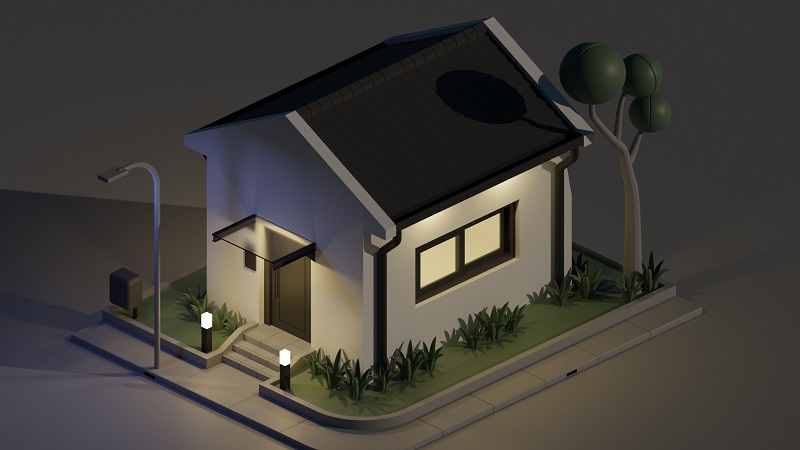Home additions can be an exciting opportunity to enhance your living space and add value to your property. Whether you’re looking to create more room for a growing family, add a home office, or build your dream entertainment space, planning and executing a home addition requires careful consideration. To ensure a successful project, it’s important to address various factors that can influence the outcome. Here are the top 10 considerations for a successful home addition:
1. Define Your Goals
Before embarking on a home addition project, it’s essential to clearly define your goals. What do you hope to achieve with the addition? Are you looking for more space, increased functionality, or enhanced aesthetics? Understanding your objectives will guide the entire process, from design to execution. Consider how the addition will fit into your lifestyle and how it will meet your current and future needs.
2. Establish a Budget
Setting a realistic budget is crucial for the success of your home addition. Consider not only the construction costs but also additional expenses such as permits, design fees, and potential unforeseen costs. Work with a financial advisor or contractor to ensure your budget aligns with your goals and make provisions for contingencies to avoid financial strain during the project.
3. Hire a Professional Team
A successful home addition requires collaboration with professionals who can bring your vision to life. Consider hiring an architect, contractor, and interior designer who have experience with home additions. A skilled team will help you navigate the complexities of design, zoning regulations, and construction while ensuring quality and adherence to your budget and timeline.
4. Understand Zoning and Building Regulations
Before starting your home addition, familiarize yourself with local zoning laws and building codes. Each area has specific regulations regarding property lines, height restrictions, and building permits. Working with professionals who understand these regulations can prevent costly delays and legal issues down the line. Ensuring compliance will protect your investment and keep the project on track.
5. Design with Cohesion in Mind
When designing your home addition, strive for a seamless integration with your existing home. Consider architectural styles, materials, and colors that complement your current structure. A cohesive design will not only enhance the aesthetics but also increase the value of your property. Collaborate with an architect to create a plan that harmonizes with your home’s overall look and feel.
6. Plan for Functionality
Beyond aesthetics, prioritize functionality in your home addition. Consider how the new space will be used and what features are essential to meet your needs. Whether it’s storage solutions, lighting, or layout, a well-thought-out design will enhance the usability of the space. Think about how the addition will interact with other areas of your home and make choices that optimize the flow and functionality. For seating, opt for sectional couches that maximize comfort and flexibility, allowing you to easily adapt the space for various activities.
7. Evaluate Structural Considerations
Home additions often require structural changes to the existing building. Engage a structural engineer to assess the feasibility and safety of your plans. Ensure that the foundation, walls, and roof can support the addition. Structural integrity is paramount to avoid costly repairs and ensure the safety of your home and its occupants.
8. Consider Energy Efficiency
Incorporating energy-efficient features into your home addition can save you money on utility bills and reduce your environmental impact. Consider energy-efficient windows, insulation, and HVAC systems to improve the overall efficiency of the space. Implementing sustainable practices during construction will not only benefit the environment but also enhance the comfort and value of your home. Additionally, understanding the average price per kilowatt in Texas can help homeowners optimize their energy usage and potentially reduce long-term costs. Additionally, using fly mesh in windows and doors can help keep pests out while allowing fresh air to circulate, further contributing to a healthier living environment.
9. Think Long-Term
When planning a home addition, think beyond immediate needs and consider long-term implications. How will the addition affect your home’s resale value? Will it meet your future lifestyle needs? Consider factors like aging in place, potential family growth, and changing market trends to ensure your investment remains valuable and relevant over time.
10. Communicate and Collaborate
Effective communication with your professional team and family members is key to a successful home addition. Regularly discuss progress, address concerns, and make informed decisions collaboratively. Establishing clear lines of communication will prevent misunderstandings and ensure that everyone involved is aligned with the project’s objectives and timeline.
Conclusion
Undertaking a home addition is a significant investment that requires careful planning and execution. By considering these top 10 factors, you can navigate the complexities of the process and achieve a successful outcome. With clear goals, a realistic budget, a professional team, and thoughtful design choices, your home addition can become a valuable and enjoyable part of your living space.
